
Running out of iCloud storage? You're not alone. Even with one of the best iPhones, that free 5GB from Apple doesn't stretch far, especially if you're saving loads of photos and files. While upgrading to the best iCloud storage for photos and pictures is an option, you'd be surprised how much space you can reclaim by decluttering.
Efficient storage management is crucial for maintaining a seamless digital experience. Whether you're a professional relying on cloud storage for work files or a casual user with a growing photo collection, maximizing your iCloud space can save you both money and hassle. And if you're switching from Android, you can now transfer Google Photos to iCloud making the transition smoother.
From identifying what's using up space to library management, there are steps you can take to optimize your iCloud usage. In this guide, we'll walk you through five simple yet effective tips to free up your iCloud storage and get you back on track.
1. Find out what’s using up space
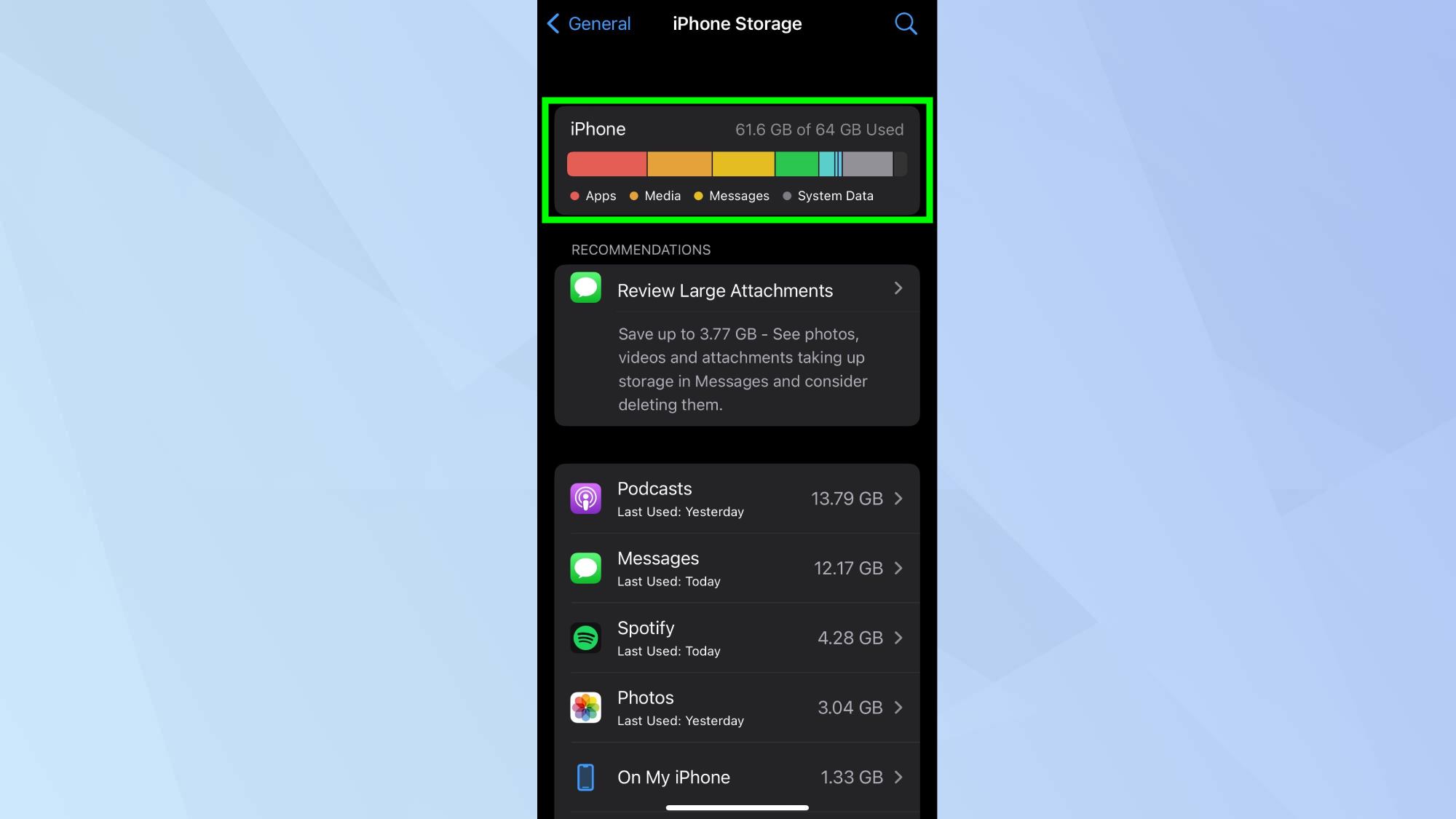
Before you start down the road of removing files from iCloud, it’s a good idea to find out what types of files are taking up the most space. From your device’s Settings app, navigate to General and select iPhone storage.
At the top of the screen, you’ll see a bar chart of what types of files are filling your available iCloud space. For most Apple users, backups, photos, and messages can take up half of your storage space or more.
Scroll down to find a detailed list of installed apps and how much iCloud storage they are using.
2. Check for backups
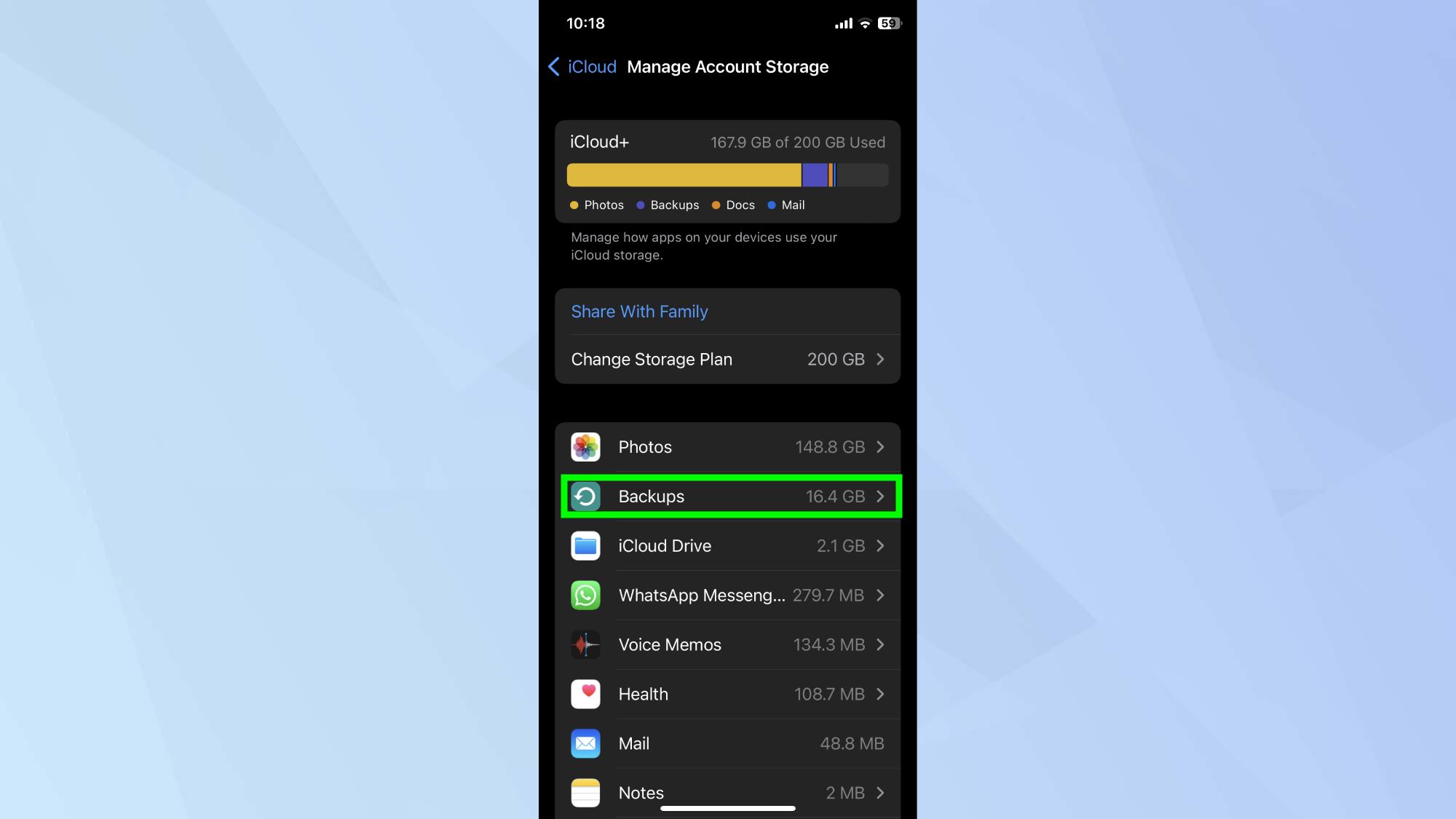
Backups of your devices are often the culprits behind a full iCloud storage space. It’s entirely possible you had your old iPhone set to upload backups to the cloud automatically, and then never removed those files.
To get rid of these files, open Settings, click your Apple ID, iCloud and Manage Account Storage. Tap Backups to see all of the backups that are currently saved to your iCloud account. Delete the ones you don’t need any longer, and you’ll instantly free up storage space.
3. Remove old messages
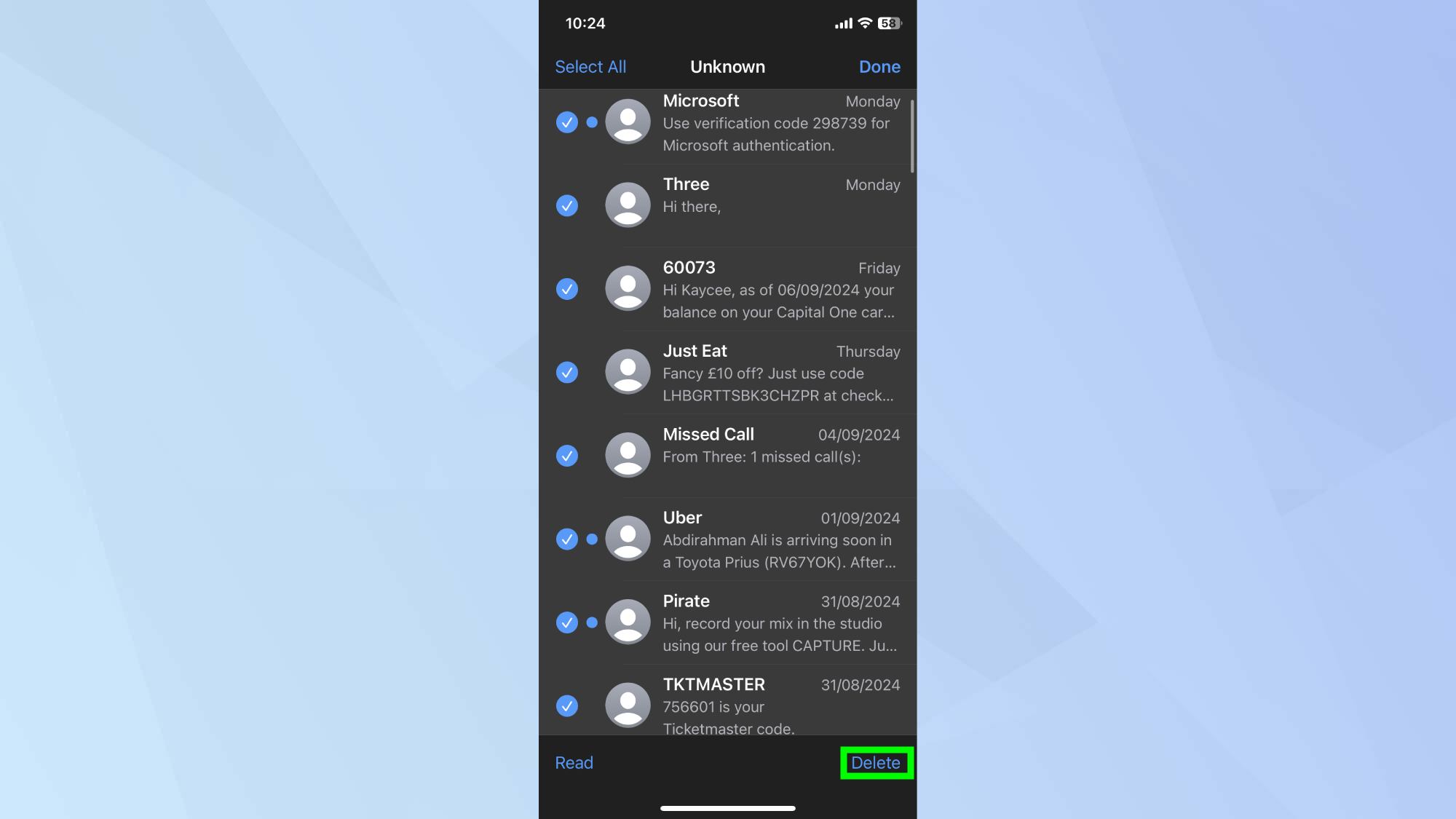
Individual text messages and iMessage threads on their own may only be a few kilobytes each. But if you’ve been an iPhone user for many years, you could have more than a gigabyte of old messages stored away in your iCloud account.
The sum of all those messages could be even greater if you send a lot of emojis or photos. To save some space, head to the Messages app. From here, you can delete individual messages or entire conversations. A good place to start deleting message threads is in the Unknown Sender folder.
Alternatively, you can choose to only remove attachments, which tend to take up a disproportionate amount of storage space. From a conversation, tap the contact’s name and then the info button. Select See All Photos, and select all the photos you want to delete.
4. Delete email attachments
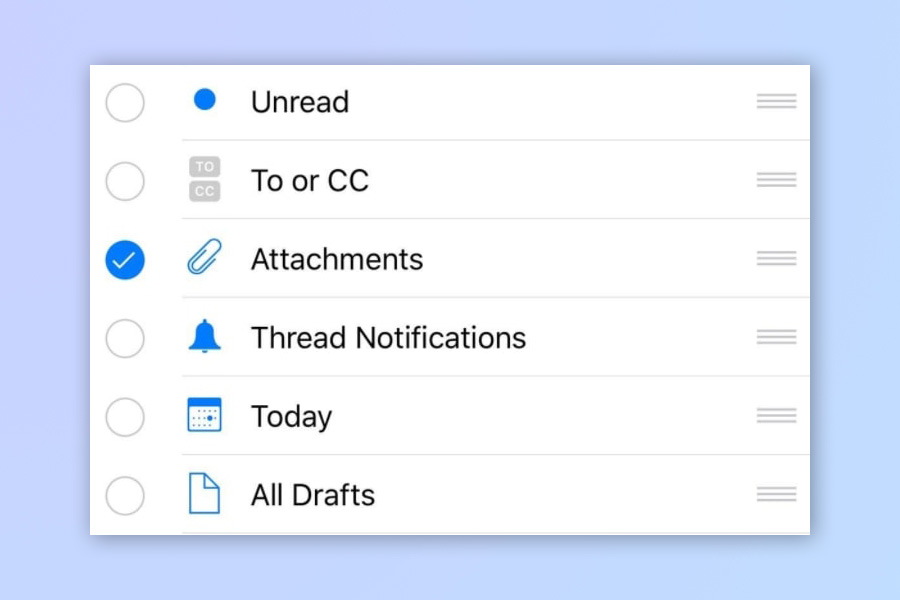
Just as for messages, attachments in emails can take up a huge amount of space—especially if your iCloud account is storing several years’ worth of emails. Thankfully, you don’t need to indiscriminately erase all of your emails from storage. iCloud Mail includes a simple way to view emails with attachments sorted by size.
Open up iCloud Mail and select View, then Sort by Attachments. Now, you can either delete all of the emails that have attachments in just a few clicks. If you don’t want to delete quite as many emails, choose a specific cutoff like 15 MB and remove all emails with attachments greater than that size.
5. Manage your photo library
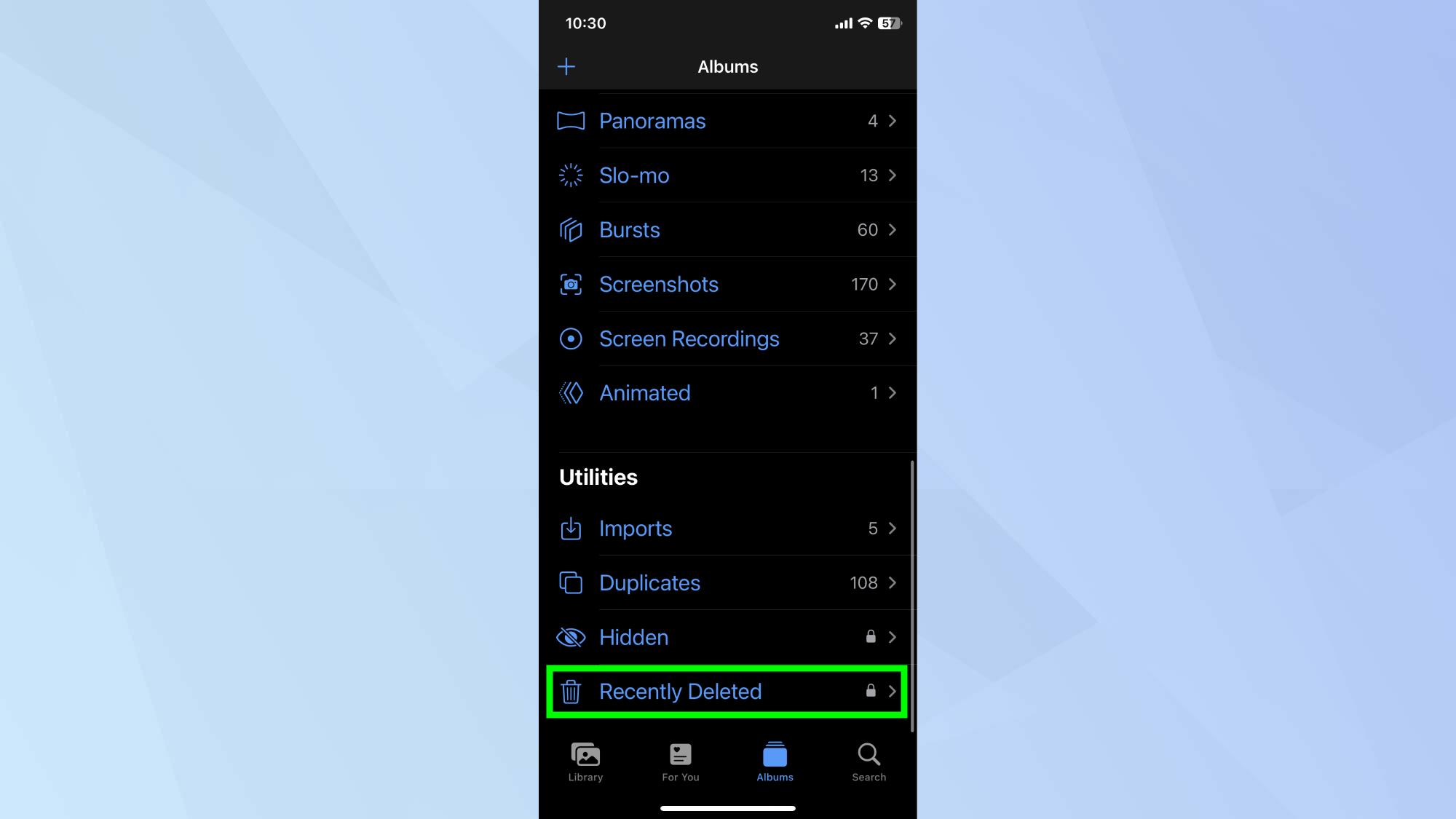
There’s a good chance that your photo library is taking up the majority of space within your iCloud account. It’s easy to end up with hundreds of gigabytes of media files in the cloud if you’re not careful about managing your library.
It’s up to you to search through your albums and delete photos that you don’t want. You’ll notice that your available iCloud storage space doesn’t change right away as you delete photos. That’s because, when you trash them, instead of being permanently deleted, photos and videos are sent to the Recently Deleted album.
To add space back to your cloud account, navigate to Photos, Albums and scroll down to Recently Deleted. From here you can remove all the files for good.
6. Clean up iCloud Drive
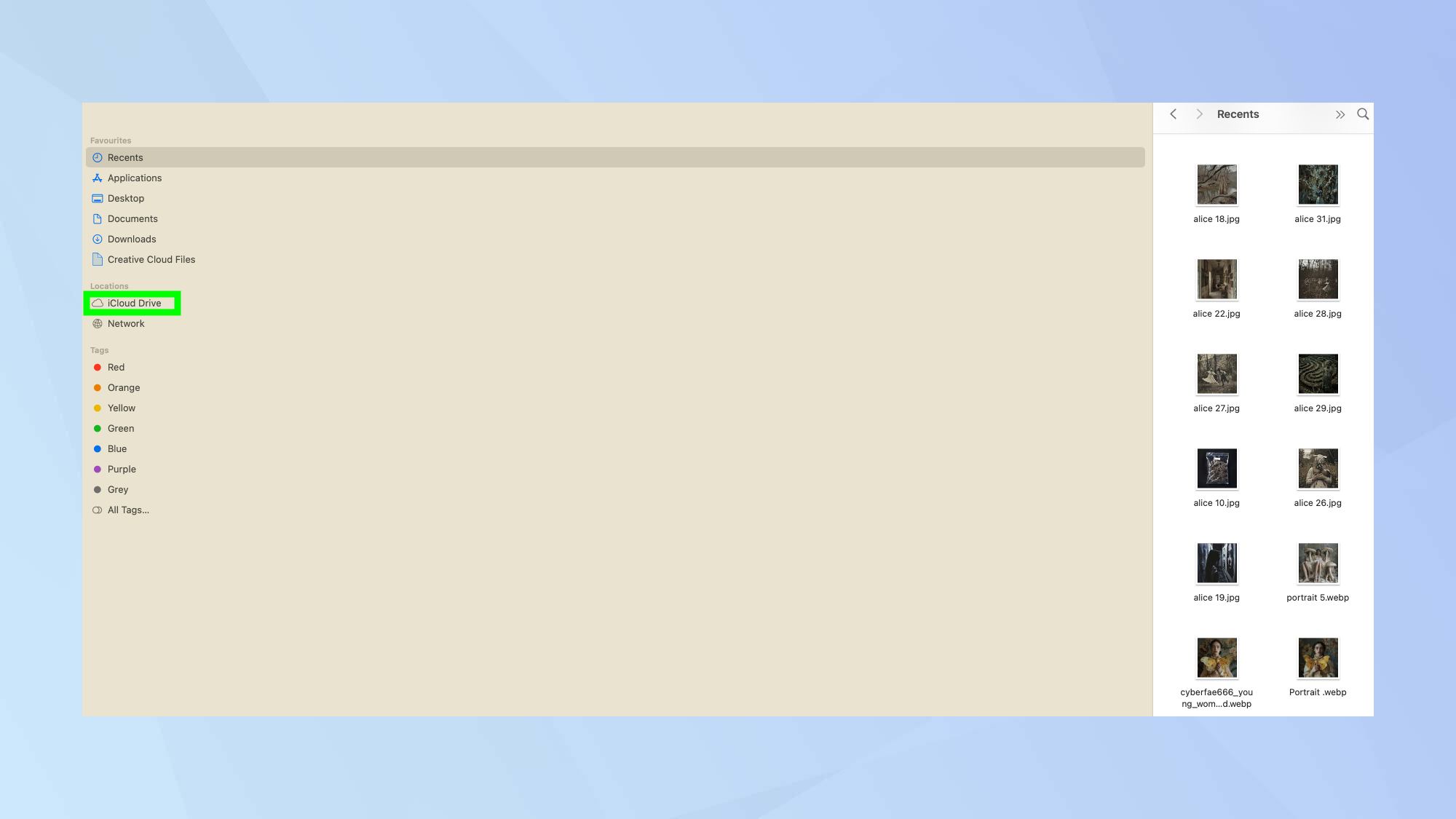
iCloud Drive is where Apple stores copies of all of your other types of files, like documents, PDFs, and application files. Over time, your Drive storage space can fill up with clutter just like your messages, mail, and photo libraries.
Cleaning out iCloud Drive is easiest from a computer, although it can also be done on an iPhone or iPad. On a Mac, simply head to the iCloud Drive folder in Finder. Then you can sort files by size, type, or creation date and delete anything you no longer need.
7. iCloud maintenence is key

With files from all parts of the Apple ecosystem filtering into iCloud, it’s easy to see how your storage space can quickly fill up. Spending a few minutes cleaning out your storage space from time to time can free up space, help you stay on top of the clutter, and save you from having to pay for more storage.
If you're still having space issues, then you should definitely now read how to upgrade iCloud storage on iPhone, iPad and Mac. Find out how to clear the cache on Mac and how to clear RAM on iPhone — these are both great first steps if your Mac or iPhone is behaving a little sluggish.







